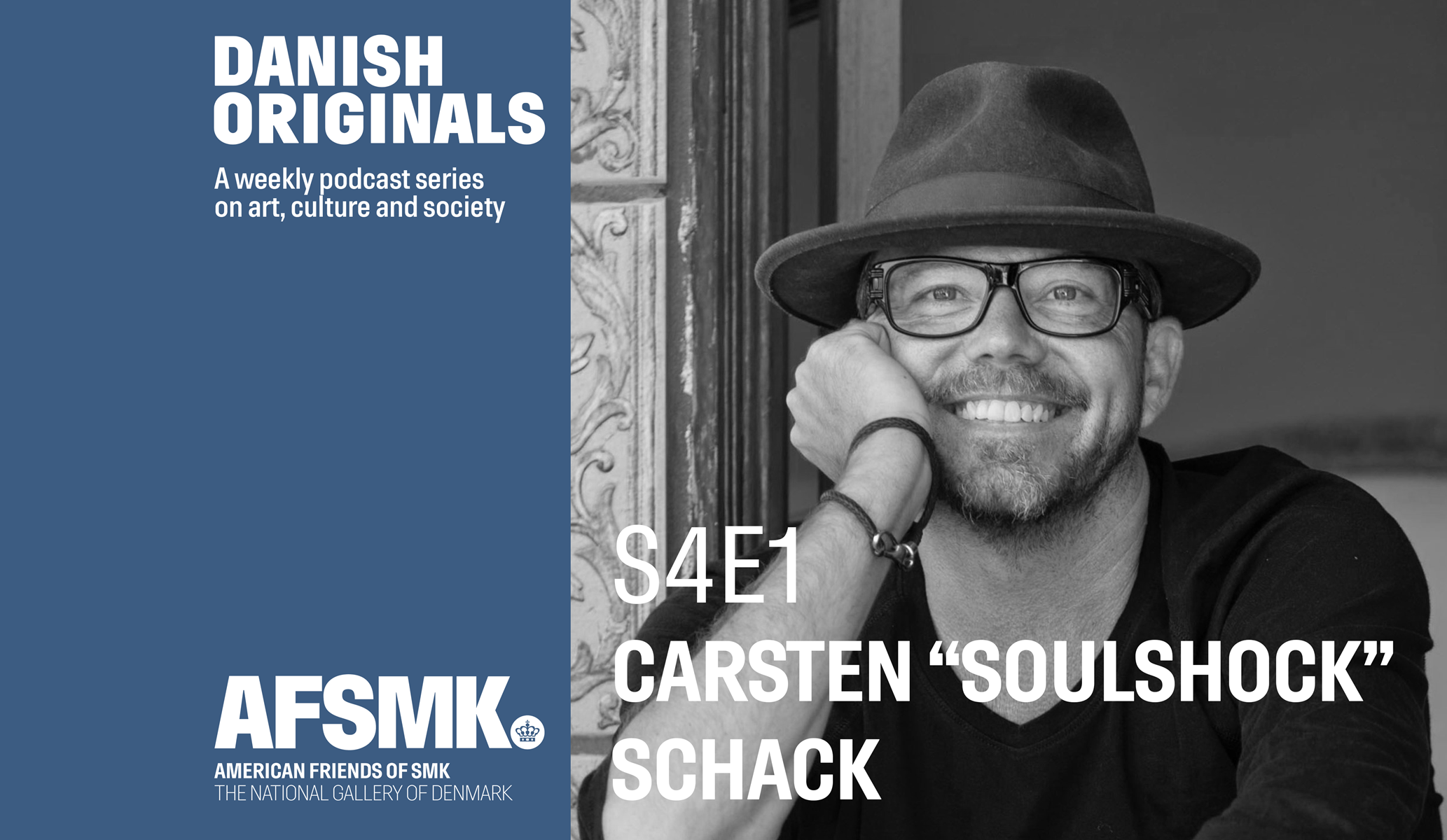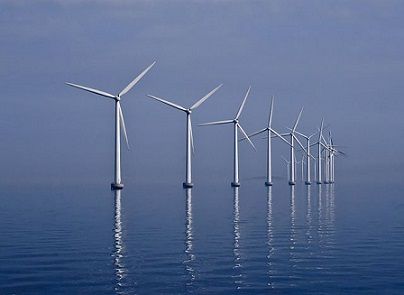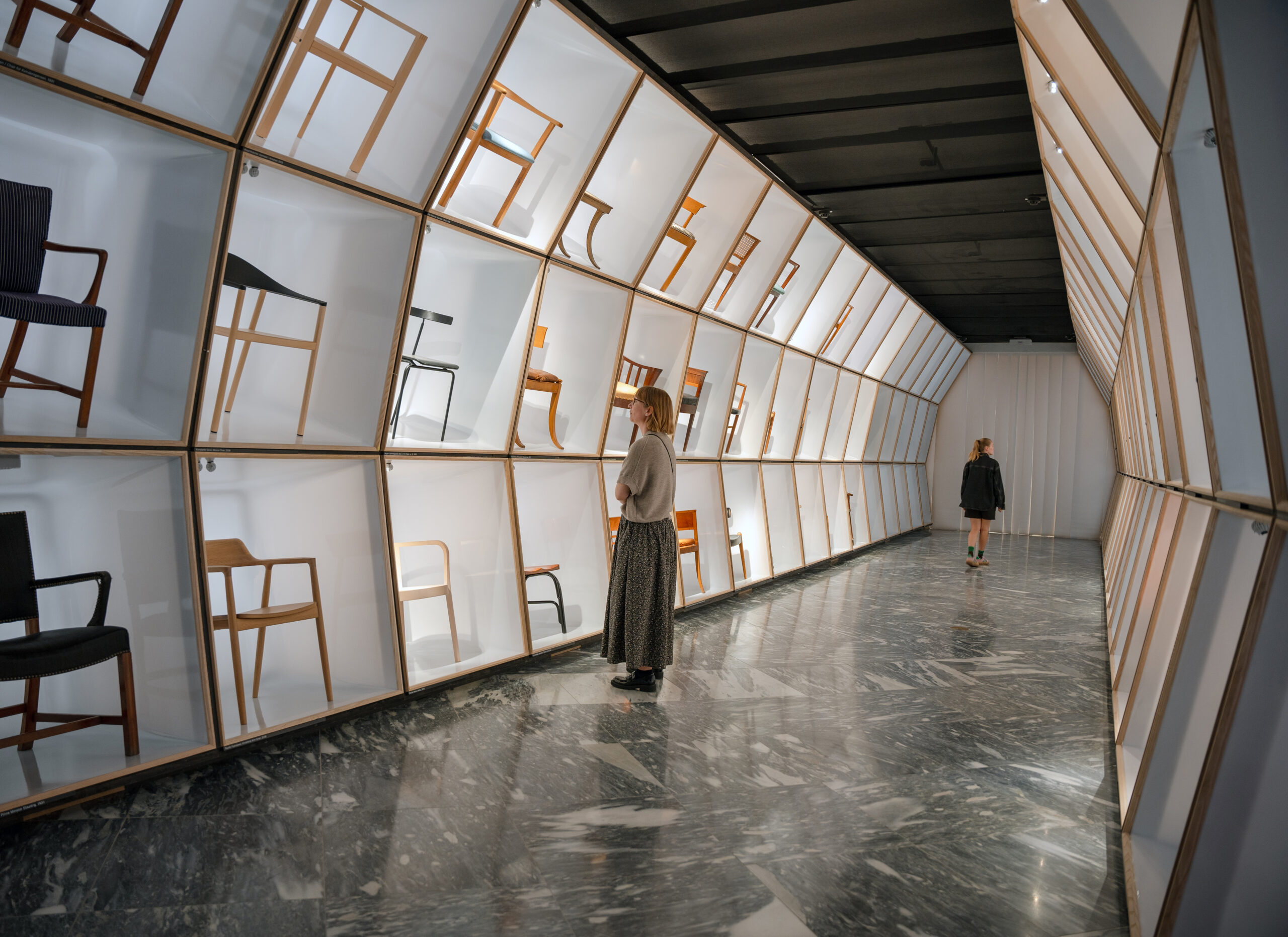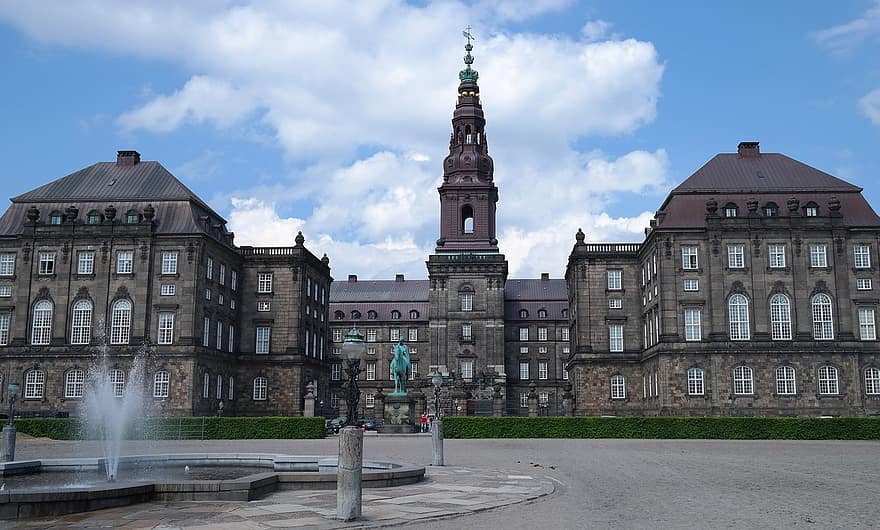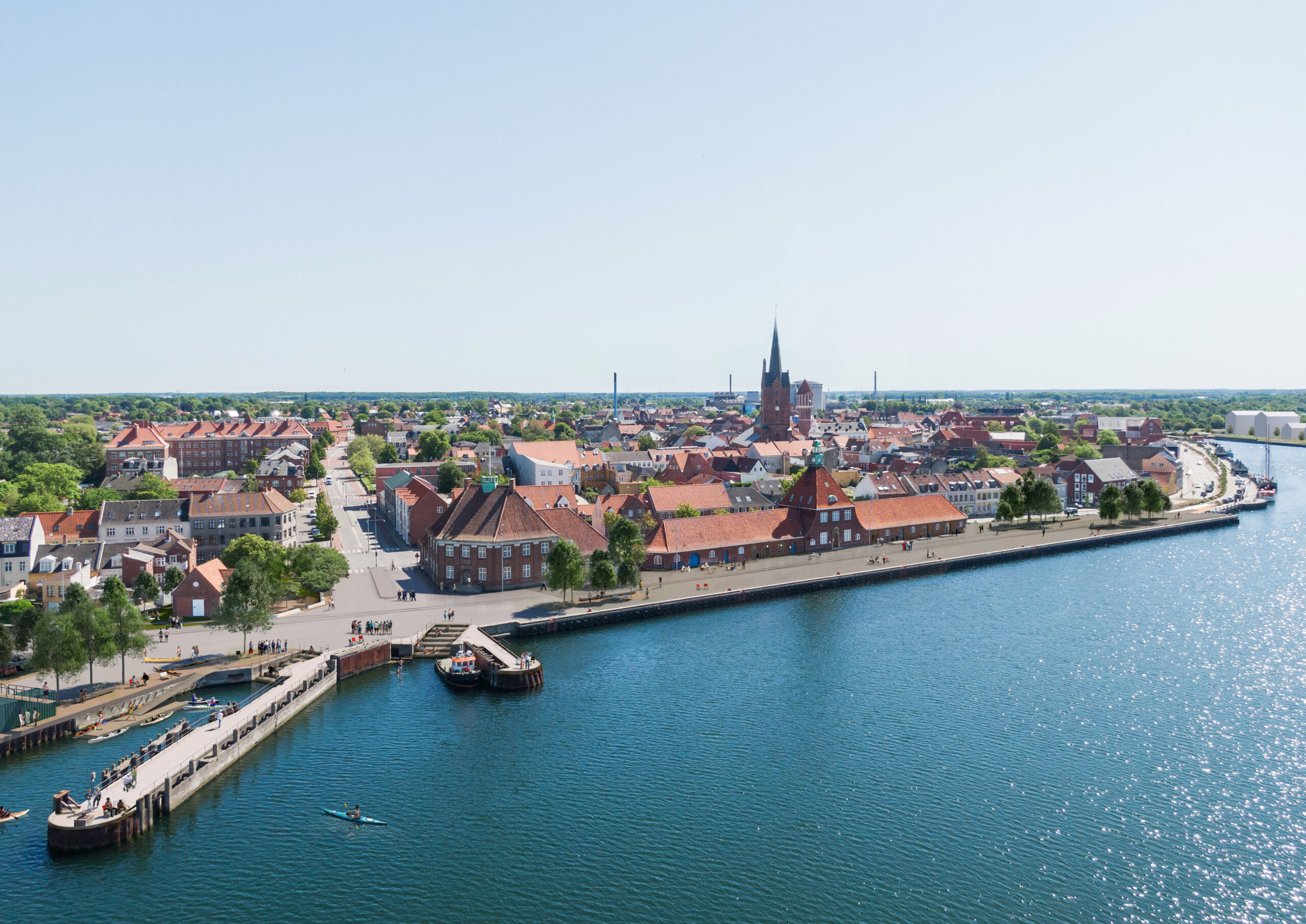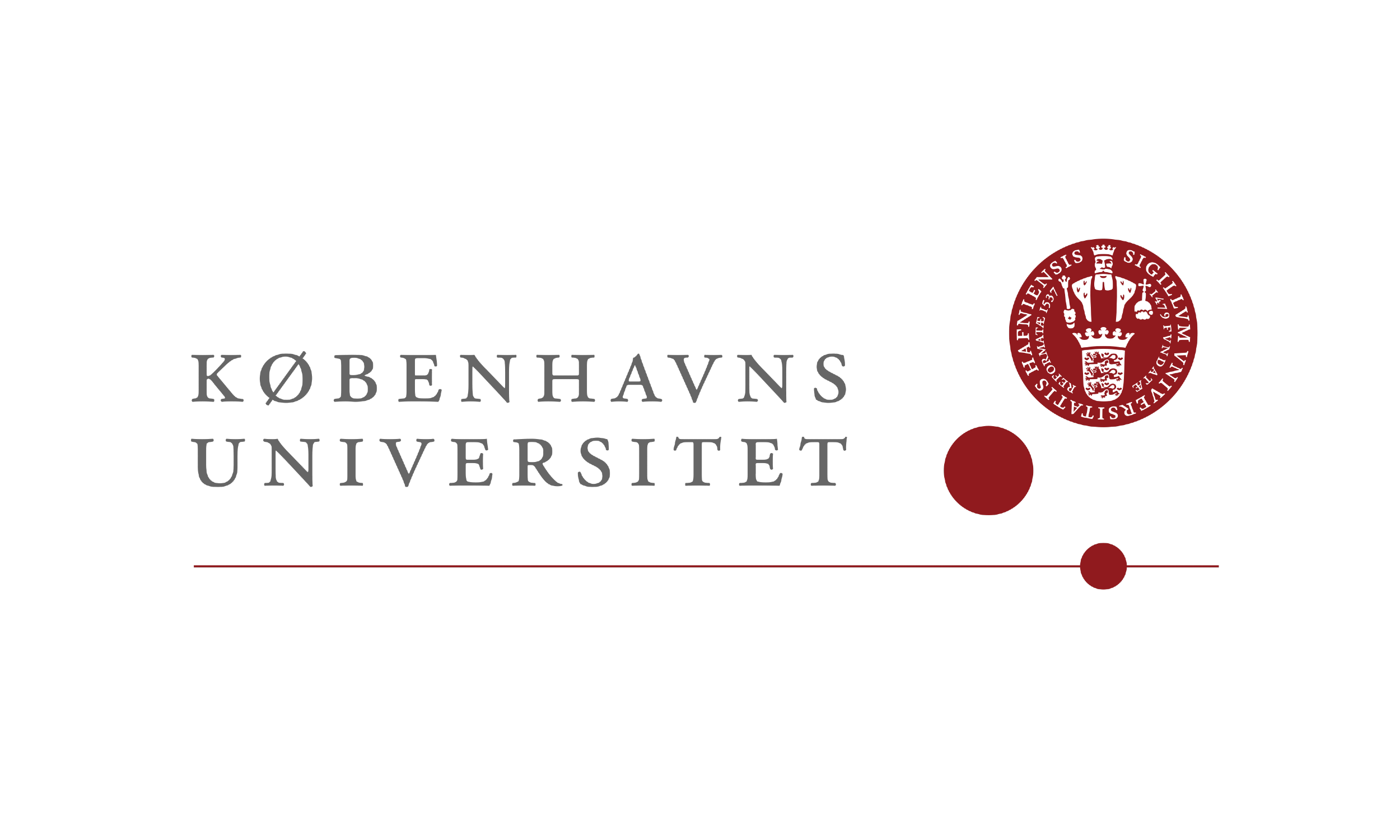After being delayed for over two years, the inner harbour bridge Inderhavnsbroen to connect Nyhavn to Christianshavn is facing further delays, according to Copenhagen Municipality.
The bridge, which was due to be completed in March 2015, is now expected to be delayed by a few months thanks to some issues with its design.
”We are sorry about the ongoing delays concerning the production of steel, but the scope of work regarding the project's necessary technical aspects are greater than previously estimated,” Claus Bo Jørgensen, the head of the bridge's contractor Valmont SM, said in a press release.
READ MORE: New contractor found to finish delayed city bridge
A bridge too far
The bridge was originally delayed back in 2013 when the contractor at the time Pihl & Søn went bankrupt, and major problems were discovered with the steel delivered by that company’s Spanish supplier.
The bridge was originally due to be open to the public in February 2013.




